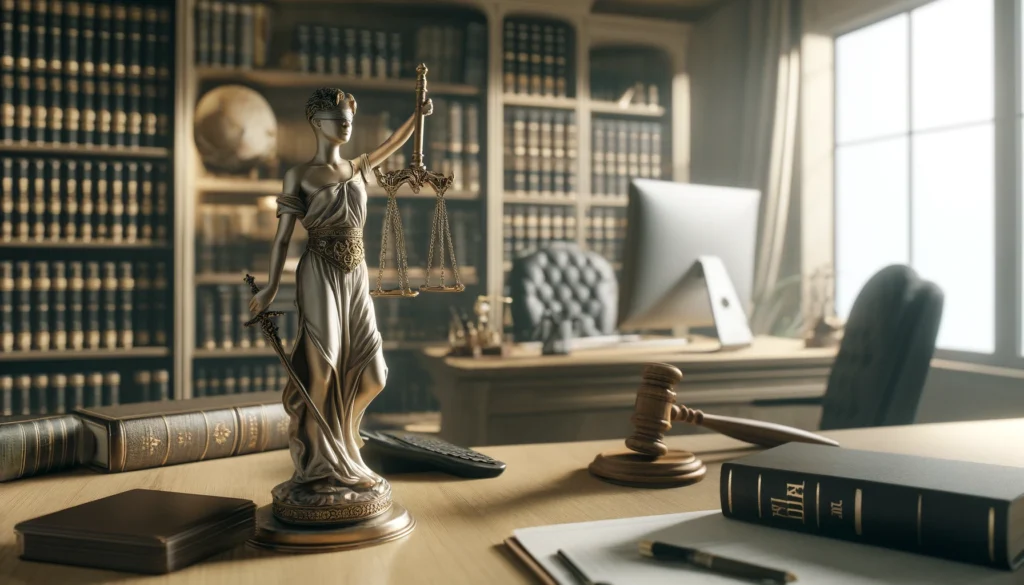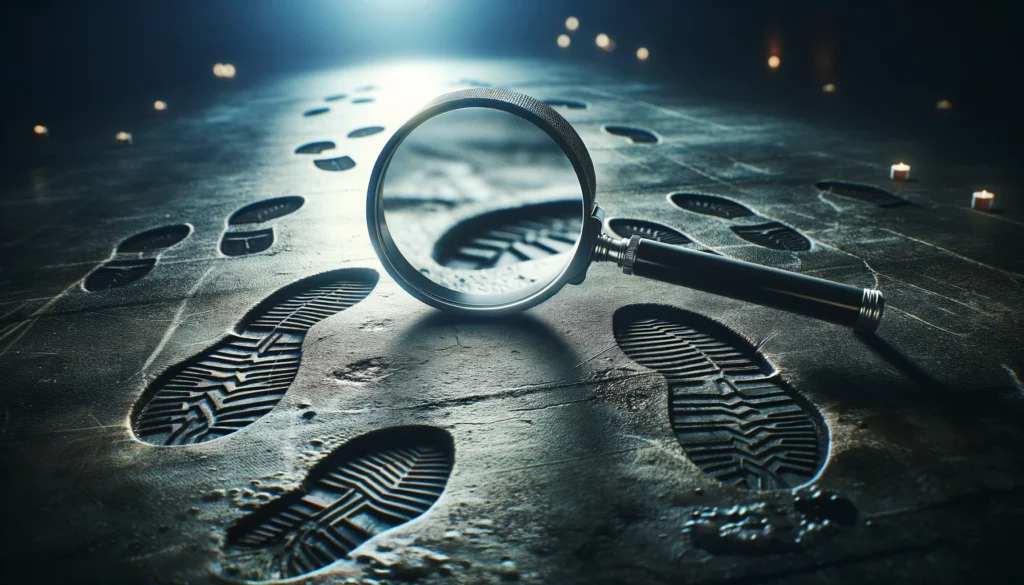
Setting the Stage: The Importance of Juror Feedback
Juror feedback serves as a cornerstone in criminal defense cases, offering unparalleled insights into the jurors’ thought processes, biases, and decision-making criteria. These insights are crucial for legal professionals aiming to refine their strategies, understand weaknesses in their arguments, and ultimately, improve their case outcomes.
Traditionally, methods such as post-trial interviews, surveys, and focus groups have been employed to gather and analyze juror feedback. While effective, these approaches can be labor-intensive and time-consuming, often requiring a multidisciplinary team of experts to decode and analyze the data. This is where the advent of large language models (LLMs) like ChatGPT can revolutionize the landscape.
Next, we’ll delve into how LLMs work and their transformative potential in legal contexts.
Harnessing the Power of LLMs: An Introduction to ChatGPT
Large Language Models (LLMs), such as OpenAI’s ChatGPT, are advanced artificial intelligence systems designed to understand and generate human-like text. By training on diverse datasets, these models learn to predict and produce coherent, contextually appropriate responses based on the input they receive.
In the legal arena, ChatGPT can be harnessed for various applications, including drafting legal documents, performing legal research, and—pertinently—analyzing juror feedback. Attorneys can gain speedy, accurate insights that were once only possible through labor-intensive methods.
Understanding the basics is the first step. Next, we’ll explore how to effectively craft prompts for extracting maximum value from juror feedback.
Also read:
Crafting Effective Prompts: The Art of Questions
The efficacy of using ChatGPT for analyzing juror feedback hinges on the formulation of precise, well-structured prompts. Known as “prompt engineering,” this practice involves designing questions and input data to elicit useful and accurate responses from the model.
Here are some key principles for prompt engineering:
- Clarity: Ensure the prompt is clear and specific to avoid ambiguous responses.
- Context: Provide adequate background information to guide the model.
- Focus: Ask direct questions to target specific feedback areas.
Examples of high-impact prompts for analyzing juror feedback include:
- “Summarize the key reasons why jurors found the defense argument unconvincing.”
- “Identify any recurring themes in the jurors’ feedback about witness credibility.”
- “Analyze the sentiment of juror comments on the defendant’s testimony.”
Well-crafted prompts enable ChatGPT to generate detailed, actionable insights efficiently. Up next, we will explore how to categorize this feedback effectively.
Also read:
Categorizing Feedback Efficiently
Once the feedback is collected, organizing it in a meaningful way is crucial for drawing actionable insights. ChatGPT can assist in performing a thematic analysis, which involves identifying recurrent themes, patterns, and concepts within the feedback.
Techniques for thematic analysis using ChatGPT include:
- Cluster Analysis: Group similar feedback together to identify common themes, such as “juror skepticism” or “emotional responses.”
- Pattern Recognition: Use the model to detect and highlight recurring keywords or phrases.
- Automated Summarization: Quickly summarize long-form feedback to pinpoint key takeaways.
By leveraging these techniques, legal teams can categorize feedback efficiently, paving the way for deeper, more nuanced analysis. Let’s discuss how we can delve deeper into advanced analytical techniques.
Also read:
Delving Deeper: Advanced Techniques for Nuanced Analysis
Beyond thematic categorization, ChatGPT can be used for more intricate analyses to extract deeper insights from juror feedback. Here are some advanced techniques:
Sentiment Analysis
Sentiment analysis involves evaluating the emotional tones and subjective nuances within juror feedback. This can help determine areas where jurors felt positively or negatively about specific aspects of the case.
Detecting Implicit Bias
ChatGPT can scan feedback to identify subtle indicators of implicit bias. For example, prompts like “Highlight any language that suggests bias against the defendant” can be highly effective.
Cross-Referencing Feedback with Case Details
By cross-referencing juror feedback with specific case details, such as evidence presented or arguments made, attorneys can identify which elements profoundly influenced juror opinions. Prompts like “Match juror comments to specific pieces of evidence” can facilitate this process.
With these advanced techniques, attorneys can turn juror feedback into a powerful tool for case refinement. Next, we’ll discuss how to integrate these capabilities into a practical workflow.
Also read:
Practical Workflow Integration
Incorporating ChatGPT into daily legal workflows can significantly enhance efficiency and accuracy. Here are some practical approaches:
- Streamlining Daily Tasks: Use ChatGPT for routine tasks like drafting summaries, generating insights, and preparing cross-referenced reports.
- Real-Time Feedback Analysis: Analyze juror feedback in real-time during trials to make immediate adjustments to legal strategies.
This seamless integration ensures that juror feedback is continually monitored and acted upon, improving overall case management. We’ll now address some ethical considerations and best practices to be mindful of.
Also read:
Ethical Considerations and Best Practices
While leveraging AI technologies like ChatGPT offers numerous benefits, it’s crucial to ensure ethical considerations are not overlooked. Key practices include:
- Ensuring Confidentiality: Maintain the confidentiality of juror identities and sensitive information.
- Compliance: Adhere to legal and ethical standards in AI application, particularly regarding data privacy and security.
- Mitigating Over-Reliance: Use AI as a supplementary tool; human expertise remains indispensable.
Such practices can mitigate risks and ensure the responsible use of this powerful technology. Finally, let’s look toward the future of AI in legal practice.
Also read:
Future Horizons: Evolving with Technology
The landscape of AI technology is continually evolving, promising even more sophisticated tools and applications for the legal sector. Anticipating advancements, such as more refined linguistic models and real-time interactive systems, can prepare legal professionals for the next wave of technological innovations.
By staying informed and adaptable, attorneys can maximize the benefits of emerging tech, continually enhancing their practice. As technology advances, the potential for refining juror feedback analysis, and indeed all facets of legal practice, expands exponentially.


